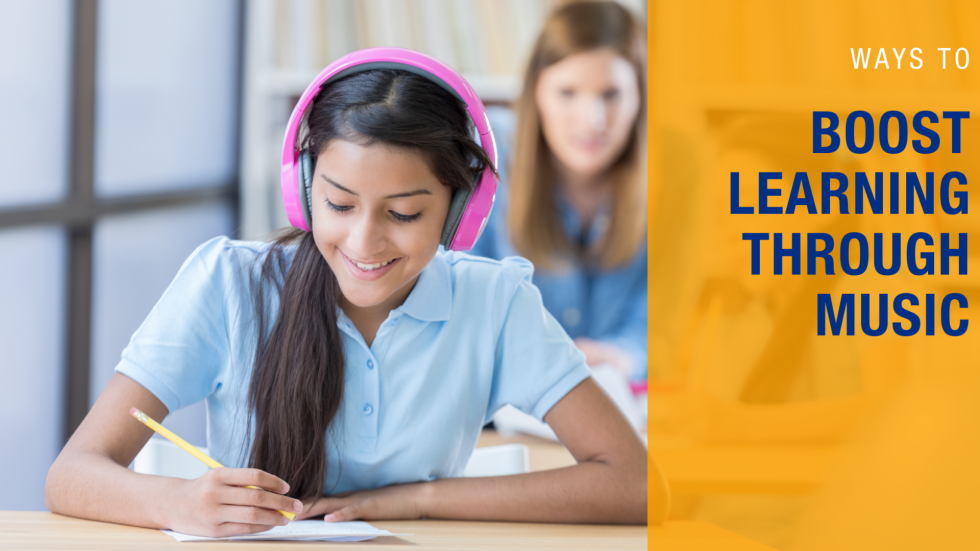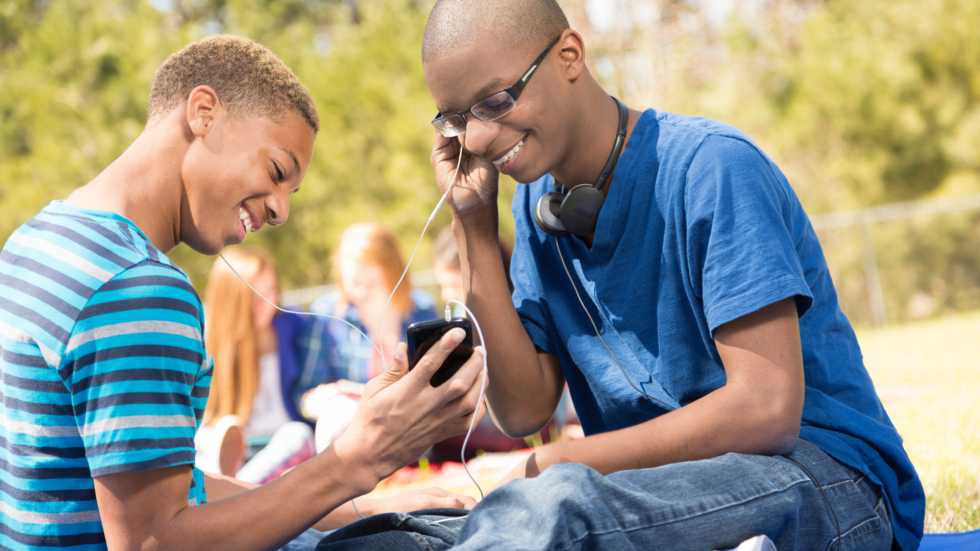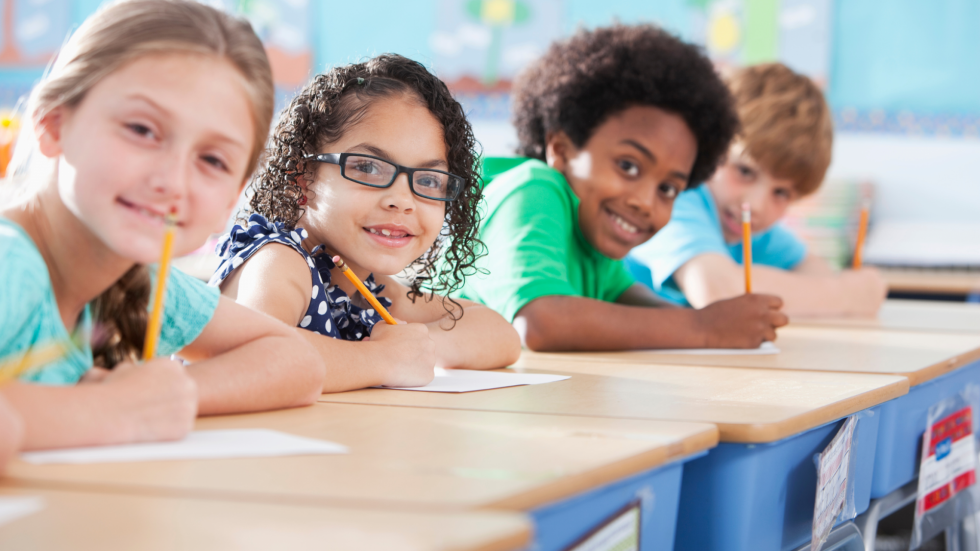Turn up the Boombox: How Music Can Boost Learning
Prefer to listen? Check out the audio recording of this post instead.
Have you ever gotten an earworm? If you don’t know what that is, it’s when a part of a song gets in your head and won’t leave no matter what!
As annoying as that can be, earworms demonstrate something pretty important: Music sticks with you even when you don’t want it to. That’s why it is such a useful – and fun – way to teach.
In their session “Play That Funky Music,” Michelle Rafach, an educator at Pearl River Central Endeavor in Mississippi, and Karen Boutwell, an educator at Pearl River Central Middle School, showed how teachers of any grade level or subject can use music in their lessons to spark engagement.
Why Music Works
Michelle and Karen advocate for music in all content areas because they say it:
- Helps with knowledge acquisition
- Creates a sense of community
- Develops classroom ownership
- Supports engaging and inquiry-based learning
- Sparks joy
- Increases school spirit
These claims are supported through research. Studies have shown that music can improve your memory, boost learning and help ADHD symptoms.
So, how can you add music to your classroom?
Adding Music to Your Classroom
In their presentation, Michelle and Karen gave several examples of ways to add music to your class no matter the age of your students or the subject you teach.
Building School Culture
One way that music can be integrated in any classroom is by creating school and classroom playlists.
At their own school, the duo shared that they created a schoolwide playlist that is used every day during:
- Morning drop off
- Lunch
- Breaks
- Pep rallies
- AM and PM announcements
This contributes to the students feeling good about the day and their environment.
However, why stop there?
Along with the schoolwide playlist, every classroom has its own song list to create individual classroom ownership and pride too. This playlist is used at different times of the class to get people ready to learn.
Here are some places you could use a classroom playlist:
- At the beginning of class as students enter
- When the class is getting too wound up and needs to calm down
- When students are falling asleep and need to wake up
- As the class ends
Understanding Audience and Tone
This activity is for any subject, such as English, that wants a good way to teach voice and tone.
- Take a movie that students will be familiar with. (They used examples such as “The Sound of Music,” “Frozen,” “Home Alone” and even some current popular movies.)
- Show a clip to the class.
- Now, show the clip with different background music and sound.
- Use this as a bouncing board to talk about how voice and tone can change how the whole movie is perceived.
Once you are done with this lesson, you may want to have a class discussion or reflection activity where students talk about other ways that tone and voice make a big difference.
Boosting Memory and Learning
Because music can help students remember facts and data, you can use content-based songs to teach different concepts.
Here are some of the example songs that were listed in this presentation:
- “Order of Operations” (math)
- “Homophones” (ELA)
- Many different Flocabulary songs (ELA)
- “Rock Cycle” (science)
- “Trail of Tears” (social studies)
- “The Lines Song” (art)
- Señor Ashby’s YouTube channel (Spanish)
If you search for a song about [fill in your topic here], you can probably find a good one. Or write your own!
Teaching Writing Through “Musical Chairs Writing”
For this activity, start with a prompt like “One afternoon during the pep rally…” and have students start to write a story. Then play a version of musical chairs where you play music while they walk around the room, and when the music stops, they will sit at someone else’s story.
Give a new prompt for that paragraph, such as “Use figurative language.” You can use a new prompt for each paragraph, and a different student will write each part of the story.
By the time the game is over, the class will have created several group stories.
Creating Song-Based Activities
You can also take some of your favorite pop culture songs and turn them into fun games.
Here are two examples we learned in the session:
- “Hey Brother” by Avicii: In this activity, they played part of a music video, which focuses on the Vietnam War era, for the song and stop it at certain times to have students predict what they think will happen next.
- “We Didn’t Start the Fire” by Billy Joel: Have students pick topics from the song and do a presentation about them. You can also use the updated 1990-2022 version.
Think about ways you could use your favorite songs to teach your students.
Final Thoughts
Michelle and Karen shared that their students are engaged at a higher level when this is the format of their class. The students not only engage in the activities presented by their teachers, but also have suggestions and ideas for enhancing their learning with the arts. They hear the students reference the activities when conveying what they have learned. A reference to an activity prompts a student to remember concepts and promotes critical thinking.
If the thought of adding music to your class makes you a little nervous, ease into it. Start with a small, one-time activity and build up to that everyday classroom playlist.
For more tips and ideas like these from our 2023 Making Schools Work Conference, make sure to subscribe to our Promising Practices Newsletter.
Subscribe to Promising Practices




